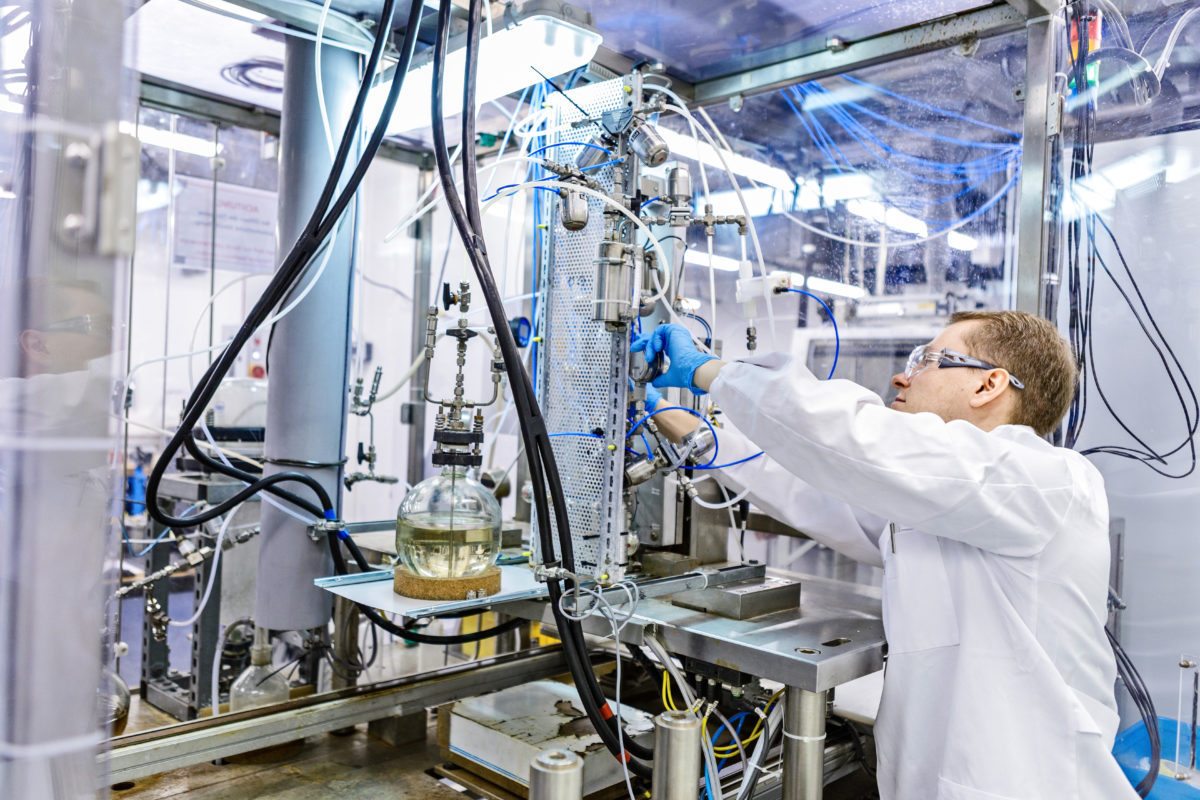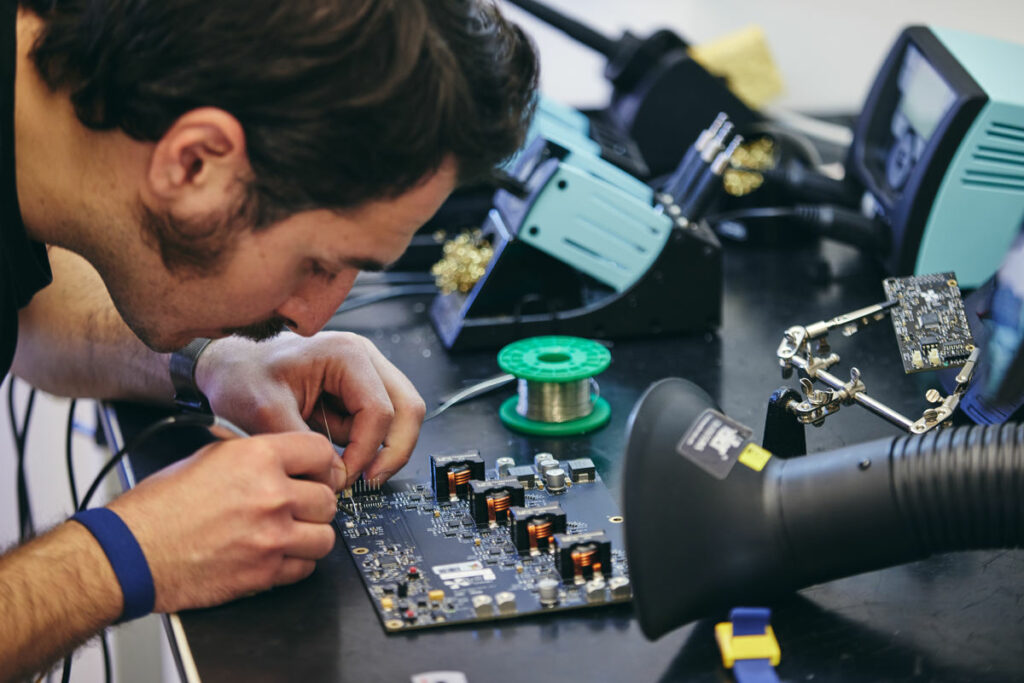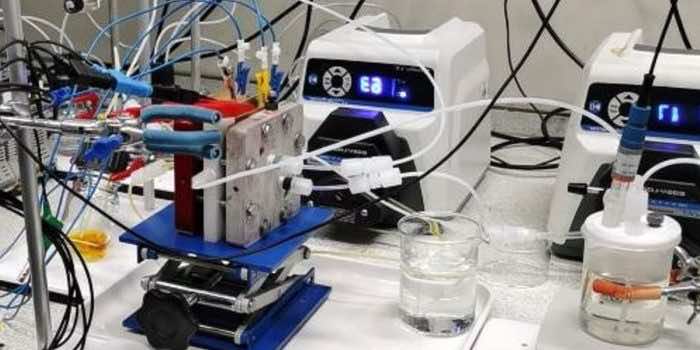Scientists these days are going the extra mile to achieve economies of scale and sustainable resources to meet the needs of the present and achieve environmental sustainability for future generations to come. Given this, a team of engineers and chemists at the “Imperial College of London” unfolded a promising battery technology that has the potential to store a vast amount of renewable energy at an affordable cost. They have manufactured a “polysulfide–air redox battery (PSA RFB)” composed of two membranes. The European and UK Research Council have funded this research project, having it published in “Nature Communications”.

Their agenda of research revolves around finding an alternative low-cost electrolyte for batteries as compared to the conventional electrolyte, i.e., “vanadium,” which is typically expensive and consumes a huge amount of energy. The flow of electrons in redox flow batteries is powered by a liquid electrolyte in which the energy is stored, causing charging and discharging as well. Thus, due to this electrolyte, the whole process becomes costly and less efficient in terms of energy. Coupled with these facts, the imperial team decided to change this approach and used “liquid” in one membrane as an electrolyte and “gas” in the other. The liquid part contains polysulfide, which is sulfur dissolved in an alkaline solution, and the gas constituent contains air.

The research remained successful as it was indicating expected results, but then chemists discovered one major constraint that was restricting them from reaching their full potential. The chemical reactions in both membranes could not occur at the same time, thus preventing the electrolytes from crossing each other’s membranes. To that end, Dr. Mengzheng Ouyang from Imperial College said, “If the polysulfide crosses over into the airside, then you lose material from one side, which reduces the reaction taking place there and inhibits the activity of the catalyst on the other.” This reduces the performance of the battery–so it was a problem we needed to solve”.
Therefore, to cater to this issue, researchers have come up with a new technique in which they have used a solution of sodium hydroxide in both parts of the membrane to allow the chemical reaction to occur at the same time in both electrolytes. They easily found sustainable materials for this possible course of action with affordable costs while the agenda remains the same, as in the case of vanadium batteries. When researchers carried out the analysis of the expenditure, they discovered that this PSA RFB brings about 5.8 milliwatts of power per cm squared. On the other hand, the price of the materials when calculated accounts for about $2.5 per kWh, which when combined with the power delivered makes about $1600 per kWh, and that was a big amount.
Professor Nigel Brandon, who was a part of this research project, confronted this issue by saying, “To make this cost-effective for large-scale storage, a relatively modest performance improvement would be required.” This could be done by changes to the catalyst to increase its activity or by further improvements in the membranes used. “


